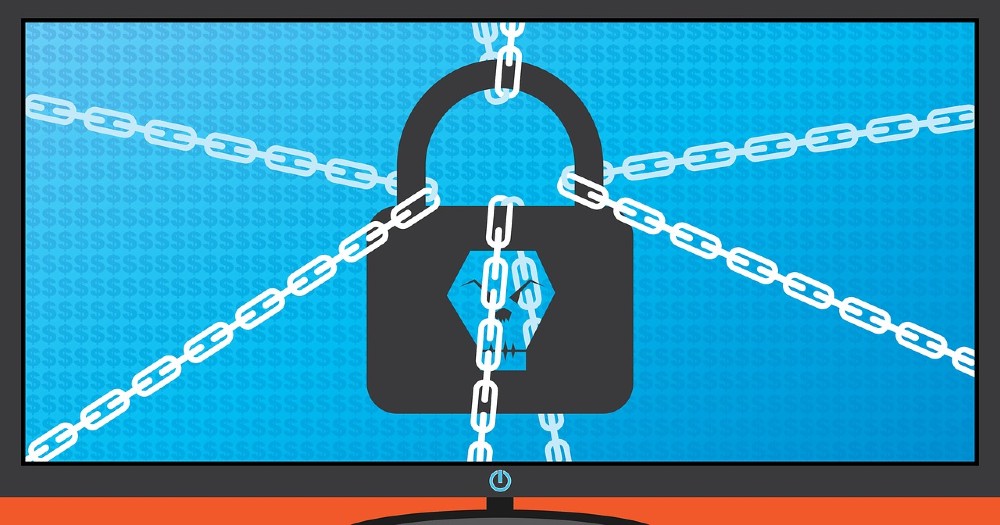
Cybersecurity impacts us all
Whether you’re a solopreneur creating marketing strategies or a large company manufacturing car parts, cybersecurity is an issue that impacts us all.
Matt Edenhofer, IT Manager at Balboa Capital urges everyone to become familiar with cyber threats.
“Cybercriminals work around the clock throughout the world looking for vulnerable targets,” Edenhofter notes. “The first step in bolstering a company’s online security efforts is to understand the various cyber threats that are out there. This helps determine the risks that a website and/or internal network might be facing. You can start by having your information technology (IT) manager, or outside IT resource, provide you with an overview of common cyber threats and how they are carried out. This should be followed by a comprehensive assessment of your company’s website, internal network, firewall, software systems and email communication program, to name a few.”
In his own words below, Edenhofer offers the top tips for keeping your company and your clients safe from cyber threats:
Establish Basic Security Protocols
Numerous studies indicate that over half of all privacy breaches are caused by insiders, the majority of whom simply made mistakes. When your employees are knowledgeable of security risks, they will be less likely to do something that puts your company’s information at risk.
An online security training session that is conducted by your IT manager, or outside IT resource, is a great way to educate your employees. You should also establish security protocols and communicate them to your employees so they are fully aware of the penalties for violating business rules and policies.
Prevent Internal Security Breaches
According to an Identity Theft Resource Center (ITRC) study conducted last year, approximately 11.7% of security breaches were performed by malicious insiders. There are several strategies you can employ to stop an insider data breach before it happens.
One of the most widely used solutions is data loss prevention (DLP) software, which prevents your employees from transferring critical information outside of your company’s network. Another strategy to consider is limiting access to certain websites and technologies.
Install software to block websites that offer file sharing, and format all of your computers’ thumb drives and CD/DVD drives to prevent data from being illegally transferred. Lastly, there are numerous programs available that monitor your employees’ Internet, email, printer and scanner usage.
Combine both hardware and software firewalls
When used together, hardware and software firewalls can provide your business with a higher level of protection from hackers. Because the installation and configuration of hardware and software firewalls is a complex and involved process, these tasks are best suited for information technology professionals. Once you have installed your firewall, it will need to be regularly monitored by an IT professional to make sure it is working properly and that no security breaches are occurring.
Consider the cloud and have a plan
Make sure your website is secure and regularly back up your data and website. Consider a move to cloud software; there are many affordable (if not free) backup services available online.
Have a Post-Hack and Post-Breach Plan, including informing your customers.
Check out Balboa Capital’s graphic on this topic, and their extensive white paper on cybersecurity – it’s best to be well educated, folks.
#Cybersecurity
Marti Trewe reports on business and technology news, chasing his passion for helping entrepreneurs and small businesses to stay well informed in the fast paced 140-character world. Marti rarely sleeps and thrives on reader news tips, especially about startups and big moves in leadership.









































